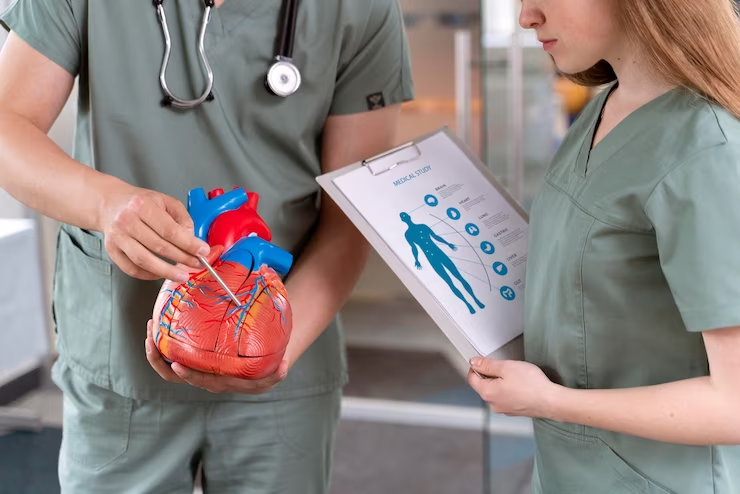Heart Health: Both heart failure and heart attack are different problems, know how to differentiate between them

Heart failure and heart attack are indeed distinct conditions, and understanding the differences between them is important. Here's how you can differentiate between heart failure and a heart attack:
Heart Failure: Heart failure is a chronic condition that occurs when the heart's ability to pump blood is weakened or impaired. It typically develops gradually over time due to various underlying causes, such as coronary artery disease, high blood pressure, or heart muscle damage. Key points to note about heart failure include:
-
Symptoms: Common symptoms of heart failure include fatigue, shortness of breath (especially during physical activity or when lying down), swollen legs, ankles, or abdomen, and persistent coughing or wheezing.
-
Cause: Heart failure is often the result of underlying heart conditions that have led to a weakened or damaged heart muscle, making it less effective in pumping blood.
-
Triggers: Heart failure can be triggered or worsened by factors such as uncontrolled high blood pressure, heart valve disorders, heart rhythm abnormalities, or lifestyle choices like smoking, excessive alcohol consumption, or poor diet.
-
Treatment: Heart failure is managed with a combination of lifestyle changes, medications, and in some cases, medical procedures or surgeries. Treatment aims to control symptoms, slow disease progression, and improve the quality of life.
Heart Attack (Myocardial Infarction): A heart attack occurs when there is a sudden blockage in the coronary arteries, cutting off blood supply to a portion of the heart muscle. It is considered a medical emergency and requires immediate attention. Key points to note about heart attacks include:
-
Symptoms: Typical symptoms of a heart attack include chest pain or discomfort (often described as pressure, squeezing, or tightness), shortness of breath, pain or discomfort radiating to the arms, neck, jaw, back, or stomach, nausea, lightheadedness, and cold sweats.
-
Cause: A heart attack is usually caused by a blood clot forming within one of the coronary arteries, which supply oxygen-rich blood to the heart muscle. This clot formation is often a result of underlying coronary artery disease, where the arteries become narrowed or blocked by fatty deposits (plaques).
-
Triggers: Heart attacks can be triggered by various factors, including physical exertion, emotional stress, drug use, or underlying conditions that contribute to the development of coronary artery disease, such as high blood pressure, high cholesterol, or diabetes.
-
Treatment: Immediate medical attention is crucial for a heart attack. Treatment may involve interventions to restore blood flow to the affected part of the heart, such as medications, clot-dissolving drugs, angioplasty, or stenting. Lifestyle changes, medications, and cardiac rehabilitation are typically recommended to prevent future events.
It's important to remember that both heart failure and heart attacks require medical evaluation and treatment. If you suspect you or someone else may be experiencing a heart attack, call emergency services immediately.
